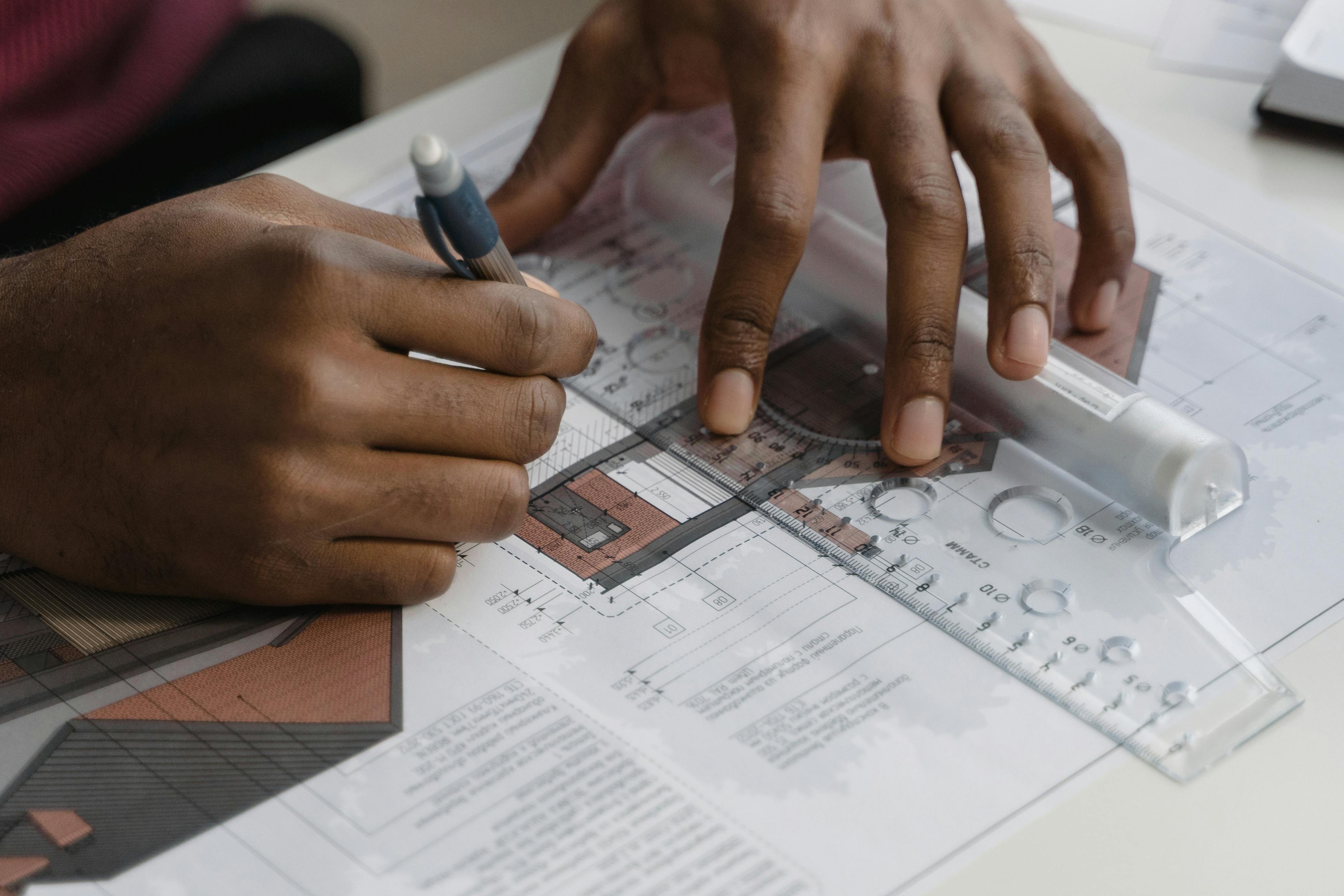
Essential Guide to How to Check Yourself for Lice in 2025
Lice infestations can be a common concern, especially among children and in shared environments such as schools. Understanding how to check for lice effectively is not only essential for immediate resolution but also crucial for long-term prevention. This comprehensive guide will explore lice inspection methods, tips for detecting lice, and a step-by-step approach to conducting a thorough lice check. Readers can look forward to both DIY lice checking techniques and expert advice on recognizing the signs of lice infestation, ensuring you are well-prepared to combat lice effectively.
In this article, we will cover the following topics:
- Signs of Lice Infestation
- Lice Detection Tools and Techniques
- How to Conduct a DIY Lice Check
- Frequency and Recommendations for Checking for Lice
- How to Manage and Treat Lice Infestations
With a keen understanding of these aspects, you'll be better equipped to handle any lice-related issues that may arise.
Signs of Lice Infestation
Recognizing the signs of a lice infestation is the first step in effectively managing it. Typically, the most noticeable symptom is itching on the scalp or body, which occurs due to allergic reactions to lice bites. However, itching is just one indicator; there are several other symptoms to watch for.
Common Lice Symptoms to Look For
When checking for lice, look for the following symptoms:
- Itching: The most obvious sign, primarily affecting the scalp, neck, and ears.
- Red or Irritated Scalp: Scratching can lead to irritation.
- Visible Lice or Nits: Adult lice are tiny, about the size of a sesame seed, and can often be seen moving in the hair.
- Finding Nits Near the Scalp: Nits (lice eggs) are typically yellow or white and are firmly attached to hair strands.
Understanding these symptoms can aid you in recognizing an outbreak early, leading to prompt action against lice.
Physical Signs to Observe
When inspecting for lice, you may notice physical signs associated with their presence. Pay attention to:
- Scratching Behavior: Frequent scratching around the head may signal discomfort due to lice.
- Inflammation or Sores: Damage from scratching can lead to minor sores, potentially leading to infections.
- Changes in Behavior: Increased irritability in children can sometimes be connected to itching and discomfort caused by lice.
Recognizing Lice Infestation in Children
Children may not always communicate their discomfort, so adults should be proactive by looking for clues. Besides those mentioned above, watch for:
- Complaints of itching by the child.
- Finding lice or nits on clothing or in hairbrushes.
- Peer reports of lice outbreaks in their school or social circles.
By staying vigilant, especially after knowing about an outbreak, you can perform checks and take immediate action if necessary.
Lice Detection Tools and Techniques
Once you recognize the signs of lice, the next important step is employing effective lice detection tools and techniques. There are several options available that can help simplify the inspection process.
Lice Checking Products
Utilizing specialized lice detection tools can improve the accuracy of your lice checks. Look for:
- Lice Combs: Fine-toothed combs are essential for removing lice and nits. Make sure the comb is designed specifically for lice, as standard combs may not be effective.
- Magnifying Glass: It can help in spotting nits or lice that might otherwise be missed with the naked eye.
- Illuminated Mirrors: Good lighting is crucial for seeing lice clearly. Using a mirror with built-in lighting can greatly assist in inspections.
Lice Combing Techniques
Effective lice combing techniques can make detecting lice simpler. Here’s how to perform a thorough combing:
- Start with dry hair, as wet hair can cause lice to slip away.
- Section the hair into manageable parts using clips.
- Comb from the scalp to the ends in small sections, wiping the comb frequently on a white paper towel to look for lice or nits.
- Repeat the process until the entire head has been combed.
By implementing these techniques and using the right tools, detecting lice becomes a more efficient and streamlined process.
DIY Lice Check Procedure
For an effective DIY lice check, follow this comprehensive procedure:
- Gather all necessary tools, including a lace comb, mirror, and bright lighting.
- Have the person being checked sit in a well-lit area.
- Carefully section the hair and comb through each section methodically.
- Inspect the comb for any lice or nits, and document your findings.
- If lice or nits are found, proceed with treatment recommendations.
This structured approach will ensure that you don’t miss any potential evidence of lice infestation.
Frequency and Recommendations for Checking for Lice
Regular checks are vital in preventing lice infestations from spreading. It’s recommended that households with children engage in regular lice checks, especially after any known exposure.
Lice Check Recommendations for Schools
Schools often serve as hotspots for lice transmission. Here are some recommendations for conducting checks:
- Establish a regular screening schedule, especially at the start of school or after breaks.
- Encourage parents to check their children's hair regularly.
- Communicate any lice outbreaks within the school promptly to encourage preventative measures.
Lice Check Frequency Guidelines
The frequency of lice checks can depend on several factors such as:
- Recent exposure to individuals with lice.
- A history of recurring lice in your household.
- General risk factors such as age and communal living situations.
Consider implementing checks weekly or bi-weekly during peak infestation seasons, or after known exposures.
What to Expect During a Lice Check
Understanding what to expect during a lice check can ease anxieties, especially for children. Let them know:
- The process is just a thorough combing of the hair.
- Although it may feel a bit uncomfortable, it won’t hurt.
- Notify them about potential findings to lessen fears about lice.
By preparing them, you can make the process smoother and less intimidating.
How to Manage and Treat Lice Infestations
If lice are detected, it’s crucial to implement management strategies promptly. A variety of lice treatment options exist that can be effective based on the severity of the infestation.
Lice Treatment Options
After assessing for lice, choose the appropriate lice treatment, which might include:
- Over-the-Counter Treatments: These include shampoos or lotions specifically formulated to kill lice.
- Natural Remedies: Some families prefer using natural solutions, although their effectiveness can vary.
- Severe Cases: If home treatments fail, consider consulting with a healthcare provider for prescription treatments.
Post-Treatment Lice Checks
Follow up after treatment with inspections to ensure complete lice eradication:
- Check hair every 2-3 days for a couple of weeks post-treatment.
- Continue to use lice combs to remove remaining nits.
- Monitor for any new signs of itching or discomfort.
Lice Prevention Tips
Preventing lice infestations is easier than dealing with one post-factum. Here are a few practical lice prevention measures:
- Educate your family about avoiding head-to-head contact.
- Discourage sharing personal items like hats or hair brushes.
- Encourage regular hair maintenance and cleanliness.
By instilling these habits and conducting regular checks, the chances of a lice infestation can be significantly reduced.


In conclusion, being aware of how to check for lice effectively can make all the difference in managing and preventing infestations. Regular checks, utilizing the right tools, and knowing the signs can empower families to handle lice concerns confidently.